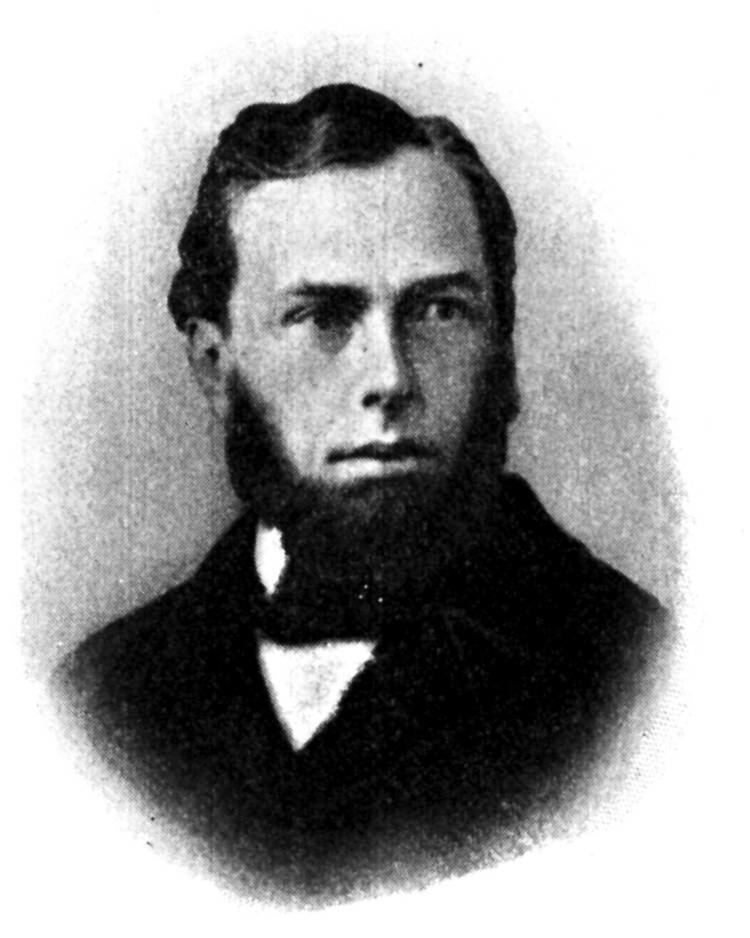Nationality German Alma mater Halle | Name Max Schultze Fields Anatomy | |
 | ||
Known for Discovery of Protoplasm Theory Died January 16, 1874, Bonn, Germany Education Martin Luther University of Halle-Wittenberg | ||
Max Johann Sigismund Schultze (25 March 1825 – 16 January 1874) was a German microscopic anatomist noted for his work on cell theory.
Biography
Schultze was born in Freiburg im Breisgau (Baden). He studied medicine at Greifswald and Berlin, and was appointed an associate professor of anatomy at Halle in 1854. Five years later he became a full professor of anatomy and histology and director of the Anatomical Institute at the University of Bonn. He died in Bonn on 16 January 1874; his successor at the anatomical institute being Adolph von La Valette-St. George. He was the older brother of obstetrician Bernhard Sigmund Schultze (1827–1919).
He founded, in 1865, and edited the important "Archiv für mikroskopische Anatomie", to which he contributed many papers, and he advanced the subject generally, by refining on its technical methods. His works included:
His name is especially known for his work on the cell theory. Uniting Félix Dujardin's conception of animal sarcode with Hugo von Mohl's of vegetable protoplasma, he pointed out their identity, and included them under the common name of protoplasm, defining the cell as a nucleated mass of protoplasm with or without a cell wall (Das Protoplasma der Rhizopoden und der Pflanzenzellen; ein Beiträg zur Theorie der Zelle, 1863).
Max Schultze studied medicine with the naturalist Fritz Müller, a German biologist and doctor who became a naturalized Brazilian. It was mainly because of his friendship and correspondence with Schultze that Müller to some extent was able to follow the debate in Europe about Darwin's theory of evolution. Max periodically sent him scientific literature, among which was Darwin's On the Origin of Species, and a small microscope manufactured in Berlin, by Friedrich Wilhelm Schiek (1857). Thanks to this microscope, Müller hypothesized from his own studies that "all higher Crustacea probably will be traceable to a Zoea ancestor". Based on these studies Müller also wrote his book Für Darwin, in defense of Darwin's theories, corroborating the theory of natural selection.
